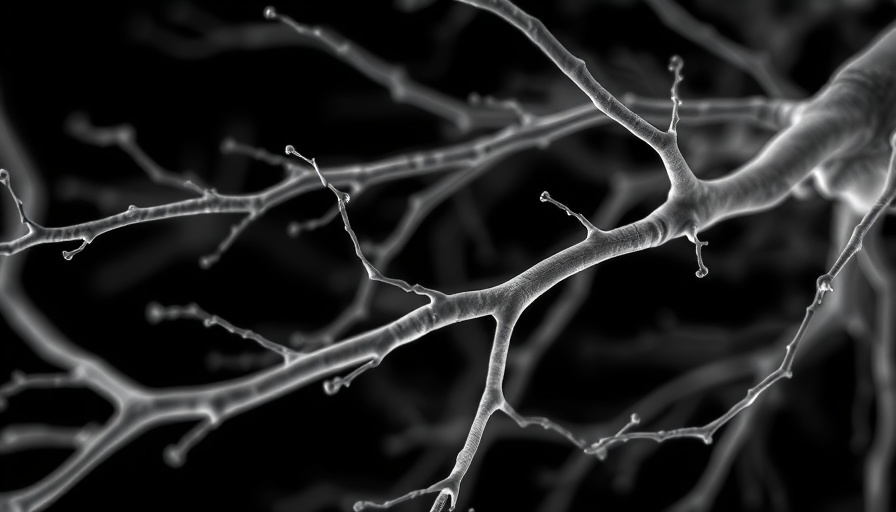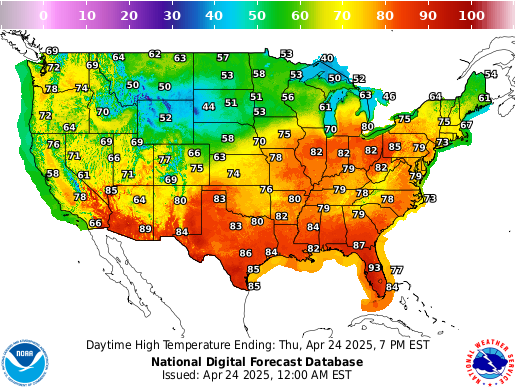
The Breakthrough in Nerve Regeneration
In a significant advancement in medical science, researchers at the Weizmann Institute of Science have uncovered a family of RNA molecules critical to peripheral nerve regeneration. This finding is crucial when considering the potential for treatment of nerve injuries and neurodegenerative diseases. Unlike the central nervous system, where damage is often irreversible, peripheral nerves can regenerate, a process that requires effective communication between the neuron's cell body and its lengthy axons.
Understanding Peripheral Nerve Regeneration
Peripheral nerves, which extend to every part of the body, have a unique ability to heal. This capability is particularly evident after injuries, when these nerves can reconnect and restore function. The recent study published in Cell revealed how certain short genetic sequences, known as B2-SINEs, can influence this regenerative process. Surprisingly, these sequences do not code for proteins and are often considered troublesome due to their tendency to ‘jump’ around the genome. However, they show great promise after nerve injuries, where they demonstrably boost the expression of growth-controlling factors necessary for healing.
Key Mechanisms of Nerve Healing
The healing process in peripheral nerves hinges on the maintenance of a strong connection between the neuron's cell body and its axon. As researchers at the Weizmann Institute have determined, this connection relies on specific proteins that serve as couriers, carrying vital instructions from the cell body to the axon, enabling it to grow. Dr. Indrek Koppel's team, alongside experts from UCLA, witnessed heightened expression of the B2-SINEs shortly after injury, linking these sequences to the readjustment of nerve growth.
Implications for Future Therapies
The ramifications of this discovery extend beyond immediate nerve repair. If the mechanisms driving peripheral regeneration can be harnessed or replicated, they could potentially be applied to neurodegenerative diseases where central nervous system regeneration is currently unfeasible. This represents a paradigm shift in treating conditions like multiple sclerosis, spinal cord injuries, and possibly even traumatic brain injuries. The hope is to create therapeutic strategies that leverage these RNA molecules to stimulate healing in damaged neurons.
Societal and Health Significance
Understanding and potentially manipulating RNA-driven repair processes could enhance community health and wellness initiatives, particularly concerning mobility and quality of life. As we continue to recognize the importance of nerve health in the aging population, innovative research like this becomes imperative. Injury recovery methods may transform how we approach rehabilitation and health care, especially amongst the aging demographics who are at higher risk for ailments involving nerve damage.
Community Health and Wellness Connection
This cutting-edge research is more than just a scientific breakthrough; it reflects a growing intersection between neuroscience and holistic health approaches. Innovations in natural medicine and therapies may complement these findings, emphasizing the potential of lifestyle medicine. Such a nexus highlights the importance of community health programs aimed at fostering physical well-being and the role of emerging biomedical technologies in enhancing modern health practices.
Conclusion: A Call to Holistic Health Engagement
As breakthroughs in nerve regeneration continue to inspire hope, it is crucial for communities, especially through health and wellness events and educational initiatives, to engage with these developments. This newfound knowledge urges a shift towards more integrative health perspectives, combining technological advances with holistic health practices. Stay informed, participate in discussions, and explore resources that dive deeper into this revolutionary area of research.
Health and wellness are essential aspects of modern living, and informed participation in these advancements can drive better outcomes for individuals and the community. Engage with your local health and wellness centers to learn more about how these scientific advancements can influence everyday health practices.
 Add Element
Add Element  Add Row
Add Row 




Write A Comment